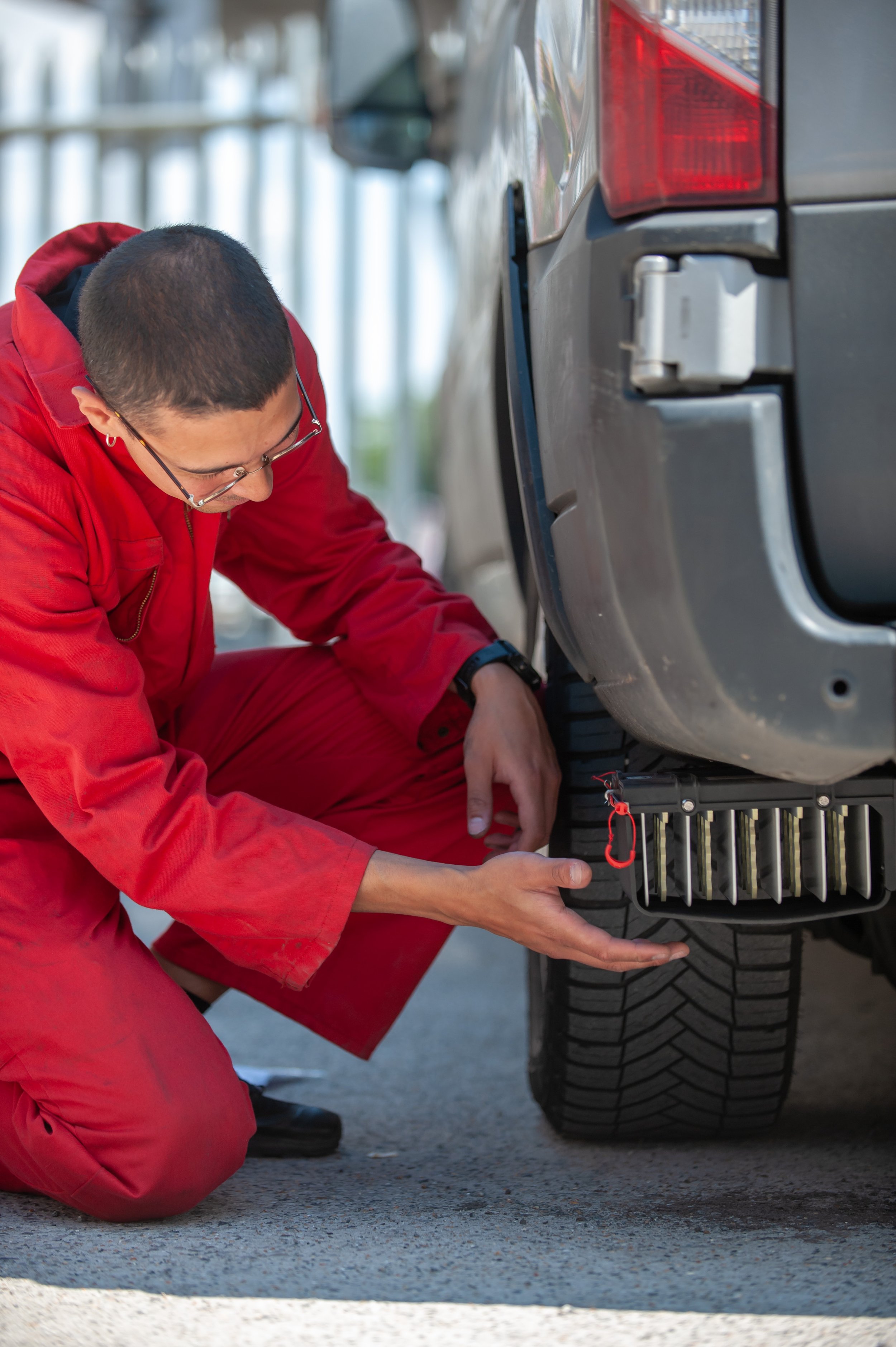
We capture tyre wear for a cleaner environment.
The stealth pollutant you never thought about.
Tyre wear is the second-largest microplastic pollutant in our oceans, toxic to marine life, and a major air particulate pollution. It gets into our waterways, the air we breathe and there is nothing to stop it!
The Tyre Collective spearheads the capture and monitoring of tyre wear, accelerating the shift towards zero-emission mobility.

2024 Impact Report
Learn more about the impact we made last year and 6 goals we set for ourselves in the coming years.
The box on the left, about the size of a grapefruit (336g), is how much the longest bus route in London produces in one day.
Advocate for
Cleaner Mobility
As we adopt electric vehicles, exhaust emissions will drastically reduce, but tyre wear will increase from the added battery weight and torque. Tyre wear will become the leading source of vehicle pollution, and this is how we tackle the problem:
Develop the first device to capture tyre pollution
Advance research & knowledge on tyre wear
Close the loop & turn pollution into products
Device to Capture Pollution
Tyres wear down every time a vehicle accelerates, brakes or corners. We discovered that tyre wear is charged from friction with the road. Our patent-pending device uses electrostatics and airflow to capture them.
Advance Research on Tyre Wear
Research on tyre wear is an emerging field, and we work with leading researchers on characterisation, toxicology and pollution pathways.
From Pollution to Products
Tyre wear is a micronised rubber. The particulates we capture can be upcycled into industrial and consumer applications such as bitumen, shoe soles and soundproofing, creating a closed-loop system.















